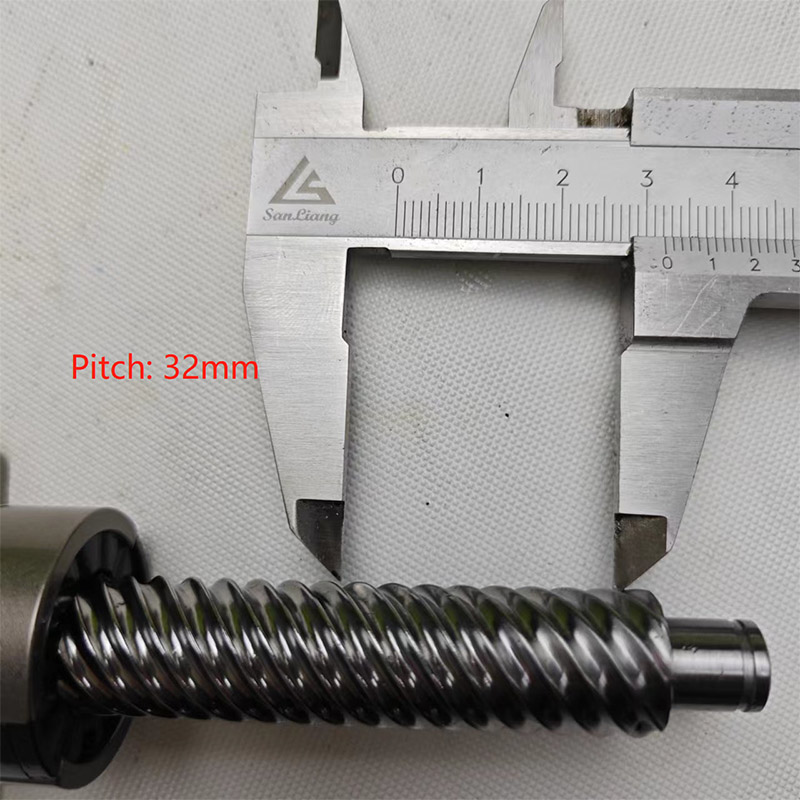A double lead screw, as the name implies, has two threads wrapped around the shaft, while an ordinary screw has only one thread. This feature allows the double lead screw to move twice as fast as a traditional screw, making it suitable for applications that require rapid movement.
The primary function of both types of screws is to convert rotary motion into linear motion. However, due to their structure, double lead screws have a higher efficiency in converting rotational motion into linear motion than traditional screws. Additionally, double lead screws have a higher load capacity and can transmit more power than traditional screws.

Another significant difference between the two is their precision. Double lead screws offer greater precision due to their ability to eliminate backlash and reduce the effects of pitch error. This characteristic makes them suitable for applications that require high accuracy, such as CNC machines.
In terms of drawbacks, double lead screws can be more challenging to manufacture due to their complex structure. Additionally, the high speed of double lead screws may generate more heat, leading to higher friction and wear.
Ordinary screws are more common and easier to manufacture. They are ideal for applications that do not require high speed or high precision. Additionally, ordinary screws are suitable for applications that require low power and have a lower cost compared to double lead screws.
In conclusion, both double lead screws and ordinary screws have their respective advantages and disadvantages. Double lead screws are ideal for high-speed, high-precision applications that require high load capacity and high power transmission. Ordinary screws are ideal for low-power applications that require less precision and have a lower cost. Understanding the differences between these two types of screws is crucial in selecting the right type for a particular application.


 +8615622924499
+8615622924499
 +8615622924499
+8615622924499

